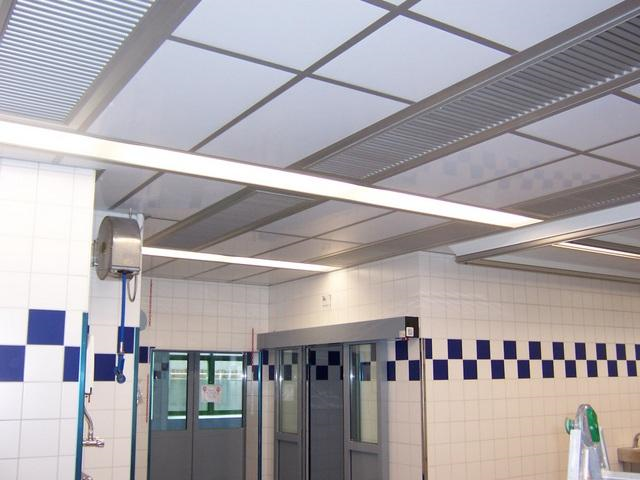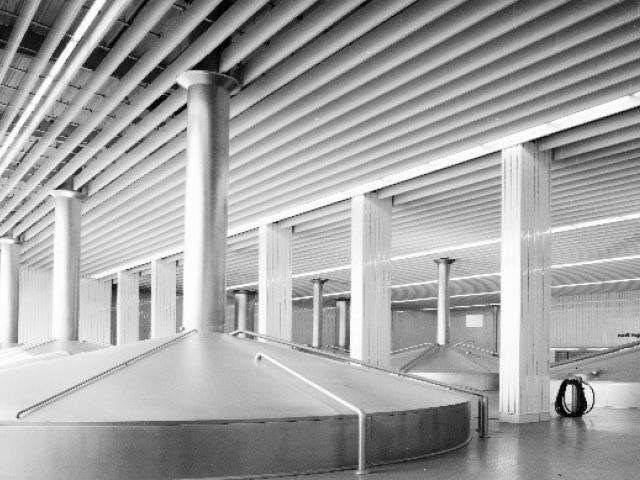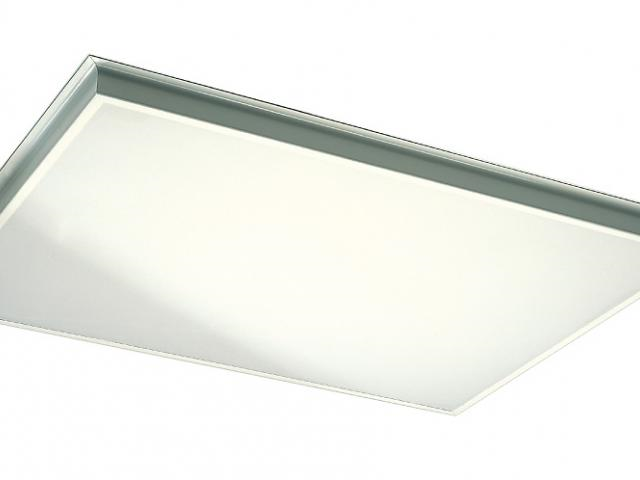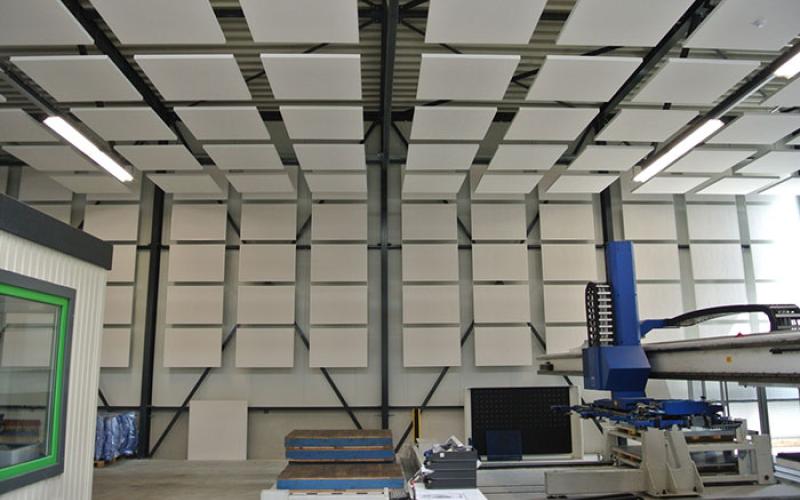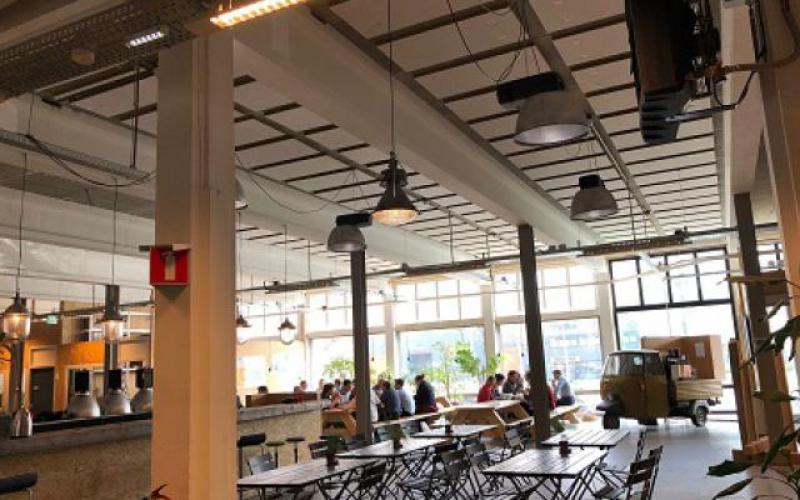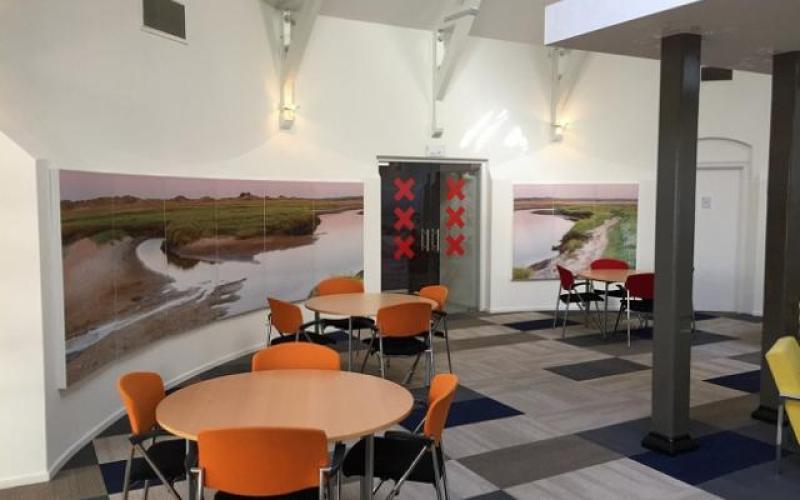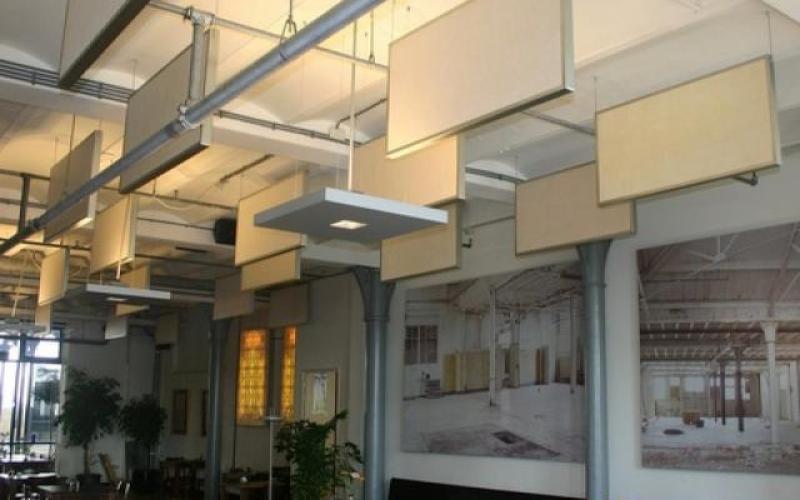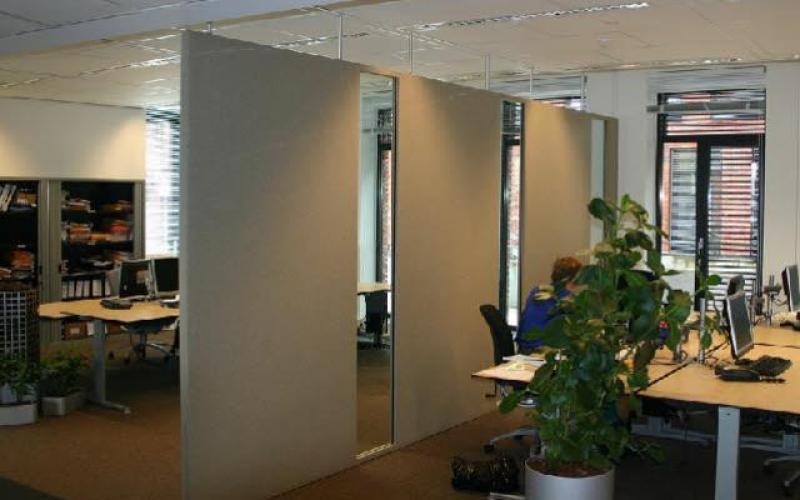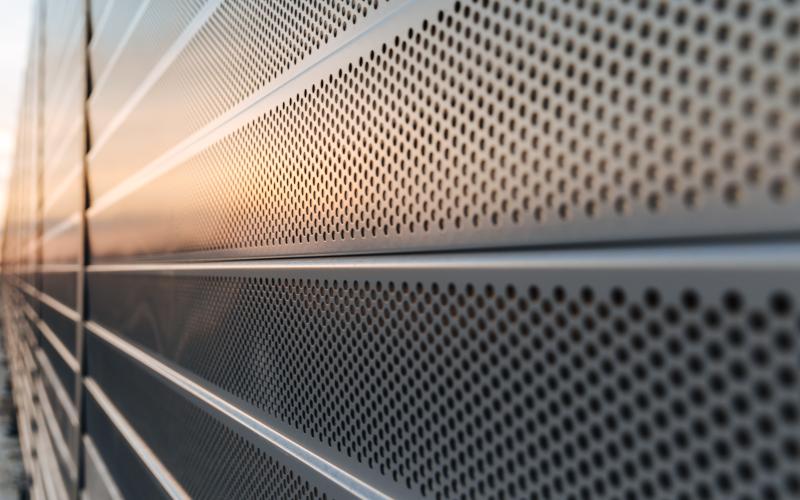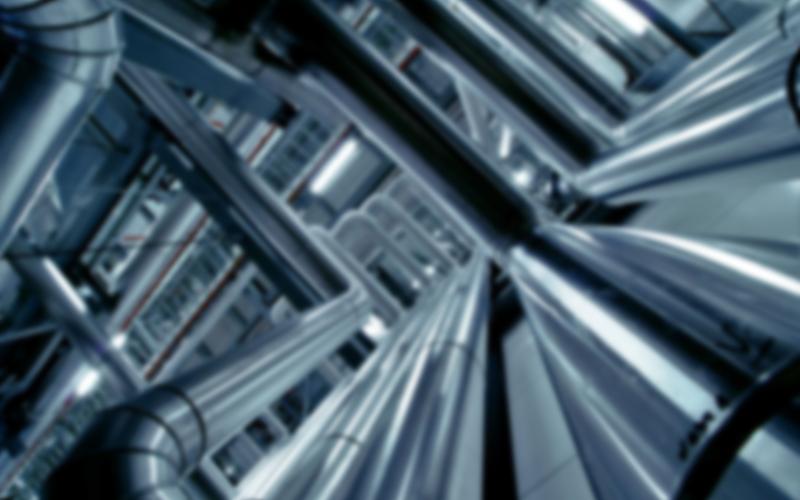Reducing noise in hygienic areas
Offering all kinds of solutions to improve the acoustics in rooms is one thing. But has hygiene also been considered? It certainly has at ATIS! This is a high priority for us and we aim to ensure that our products are not harmful to health or to the environment.
We go that step further when reducing noise nuisance in hygienic rooms. This includes the chemical, pharmaceutical and food sectors, but also cleanrooms, industrial kitchens, operating theatres, bottling plants and breweries.
ISOPARTNER produces and supplies unique sound-absorbing products for hygienic rooms, such as acoustic ceilings, acoustic islands, suspended acoustic ceiling elements and baffles.
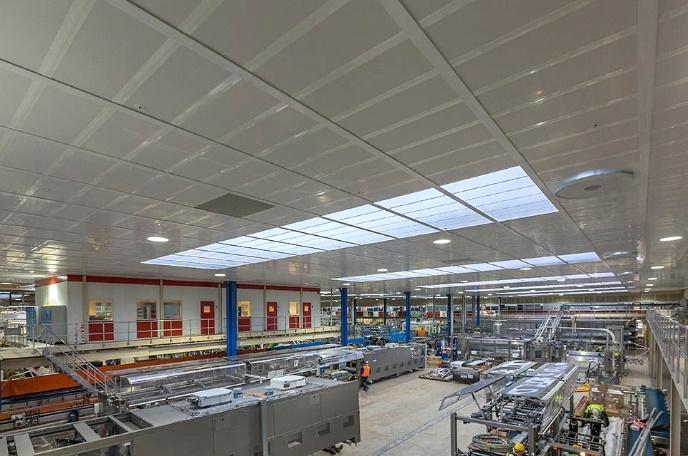
Our acoustic solutions for hygienic rooms
SONOCLEAN cassette is a complete acoustic ceiling system for internal applications in hygienic rooms, constructed around our Sonoclean sound absorbing panel. It is removable, walkable and can be cleaned under high pressure.
This system is suitable for use in rooms with a very high and/or highly variable relative humidity. It does not form a feeding ground for mould and bacteria and is inorganic, amorphous and germ-free.
Isoleco 1000 and 2000
ATIS also has the Isoleco line of acoustic products for indoor use in hygienic rooms, all of which stand out in terms of sound absorption, cleanability and hygiene properties. ISOLECO 1000 and 2000 is a modular acoustic ceiling system for hygienic rooms. The ceiling elements come in two thicknesses and various module sizes. Cleanroom builders also often integrate separate ISOLECO 1000 and 2000 panels in the standard ceiling cassettes.
ISOLECO 2000 absorber is an acoustic ceiling or wall element for hygienic rooms.
ISOLECO 1000 baffle is an acoustic, framed ceiling element for hygienic rooms. It is suspended vertically from the ceiling.
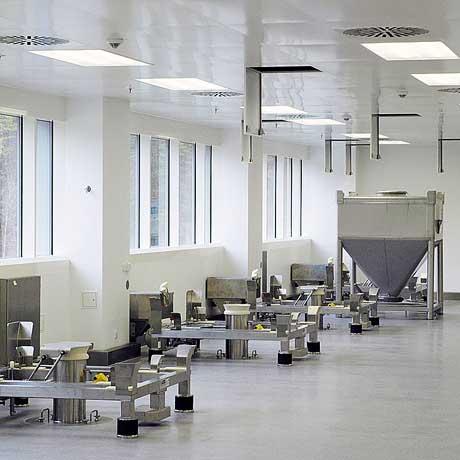
Reducing annoying noise in hygienic rooms requires specific solutions. ISOPARTNER offers an extensive product range for this.
The sound-absorbing properties are, of course, also very important here.
But practical requirements are also considered, certainly as this often concerns an industrial environment. In many cases, the situation demands a system that, for instance, is removable and walkable.
But, of course, the hygienic properties are paramount: it must be possible to clean the systems well (also under high pressure) and the systems need to be moisture, chemical and corrosion-resistant. It is also extremely undesirable that fibres are released if damage occurs. Moreover mould, bacteria, pathogens and micro-organisms should not have the opportunity to develop.

